TOPIC 7. Bond Dipole Moment. Dipole Moment of a Molecule. Hydrogen Bond.
The measure of bond polarity is its dipole moment μ:
μ = e l,
where e is the electron charge, l is the distance between the centers of positive and negative charges.
The dipole moment is a vector quantity. The concepts of "bond dipole moment" and "molecular dipole moment" are the same only for diatomic molecules. The dipole moment of a molecule is the vector sum of the dipole moments of all its bonds. Thus, the dipole moment of a polyatomic molecule depends on its structure.
In a linear CO2 molecule, for example, each C–O bond is polar. However, the CO2 molecule as a whole is nonpolar, as the dipole moments of the bonds cancel each other out (see Figure 5.4). The dipole moment of the carbon dioxide molecule m = 0.
Example 1. Determine which of the following molecules F2, HF, BeF2, BF3, PF3, CF4 are polar.
Solution: Diatomic molecules formed by identical atoms (F2) are nonpolar, while those formed by different atoms (HF) are polar. The polarity of molecules consisting of three or more atoms depends on their structure. The structure of BeF2, BF3, CF4 molecules can be explained using the concepts of hybridization of atomic orbitals (sp, sp2, and sp3 hybridizations, respectively). The geometric sum of the dipole moments of the E–F bonds in these molecules equals zero, so they are nonpolar.
In the formation of the PF3 molecule, three p-orbitals of the phosphorus atom overlap with the p-orbitals of three fluorine atoms. As a result, this molecule has a pyramidal structure. We can also explain the structure of PF3 using the concept of sp3 hybridization involving an unpaired electron pair. The total dipole moment of the P–F bonds is not zero, and this molecule is polar.
Example 2. Characterize the valence possibilities of oxygen and selenium atoms.
Example 3. Arrange the molecules NH3, H2O, SiH4, PH3 in increasing order of the bond length between the element and hydrogen.
Solution: The bond length increases with the increase in the radius of the atom bonded to the hydrogen atom. The molecules are arranged in the following order of increasing bond length: H2O, NH3, PH3, SiH4.
Example 4. Arrange the molecules O2, N2, Cl2, Br2 in increasing order of bond energy.
Example 5. Determine the type of crystal lattice for the following substances: graphite, zinc, zinc chloride, solid carbon dioxide.
Solution: Graphite, like diamond, has an atomic crystal lattice, while zinc has a metallic crystal lattice. Zinc chloride has an ionic crystal lattice. In the crystal lattice of solid carbon dioxide (CO2), there are CO2 molecules, so this substance in the solid state has a molecular crystal lattice.
Determine which of the following molecules are nonpolar: CO, CO2, C2H2, H2S, PH3, Cl2.
5.2. Characterize the valence possibilities of fluorine and bromine atoms.
5.3. Arrange the molecules Cl2, Br2, O2, N2 in increasing order of bond length.
5.4. Arrange the molecules H2O, H2S, H2Se, H2Te in increasing order of the bond energy between the element and hydrogen.
5.5. Determine the type of crystal lattice for the following substances: iron, silicon, iodine, calcium fluoride.
Job Description for the School Reconciliation Service Coordinator
Material and Technical Support for Educational Activities in Computer Science and ICT
A Cossack Went Far Away to Foreign Lands
May 5, 2017: Traditional Relay Race in Makaryev as Part of the Victory Day Celebration

 Deutsch
Deutsch
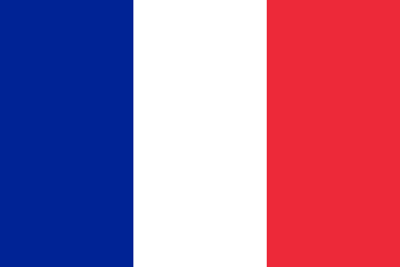 Francais
Francais
 Nederlands
Nederlands
 Svenska
Svenska
 Norsk
Norsk
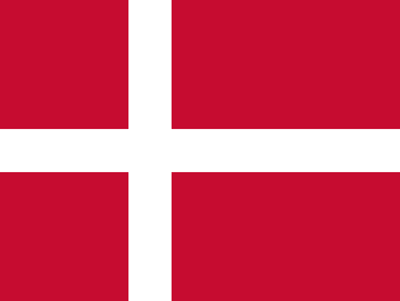 Dansk
Dansk
 Suomi
Suomi
 Espanol
Espanol
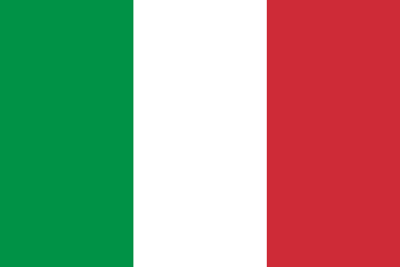 Italiano
Italiano
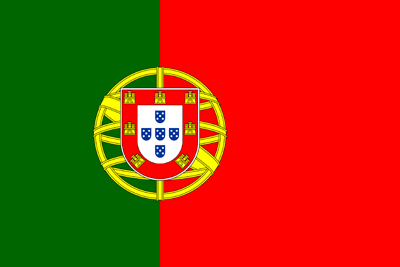 Portugues
Portugues
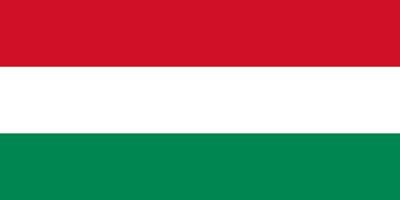 Magyar
Magyar
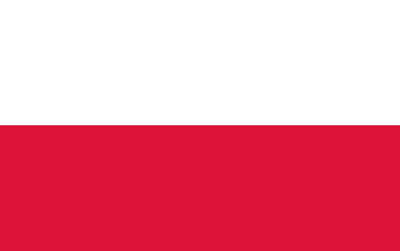 Polski
Polski
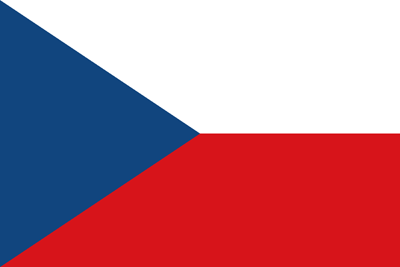 Cestina
Cestina
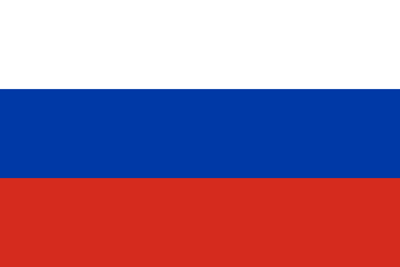 Русский
Русский